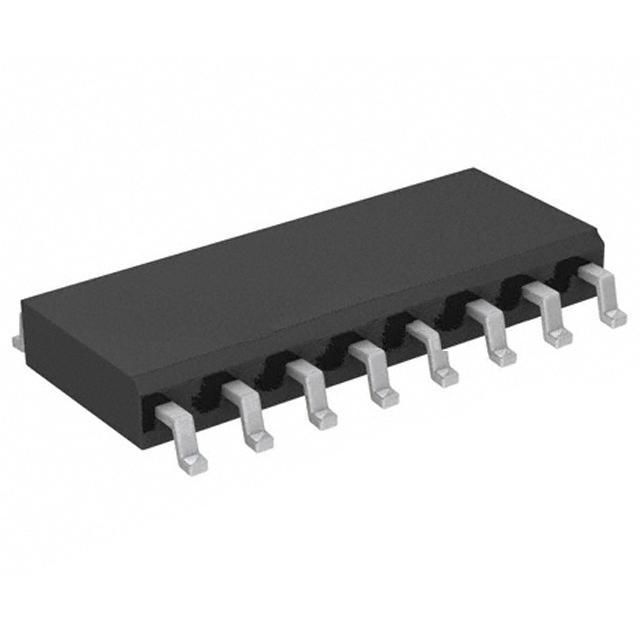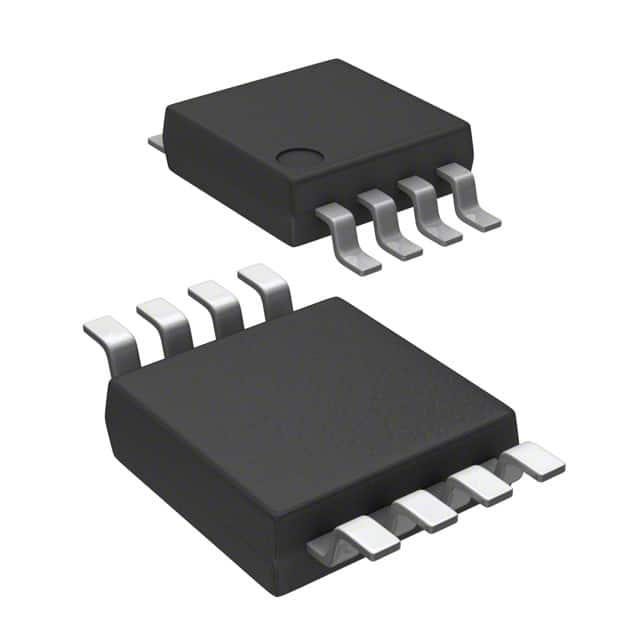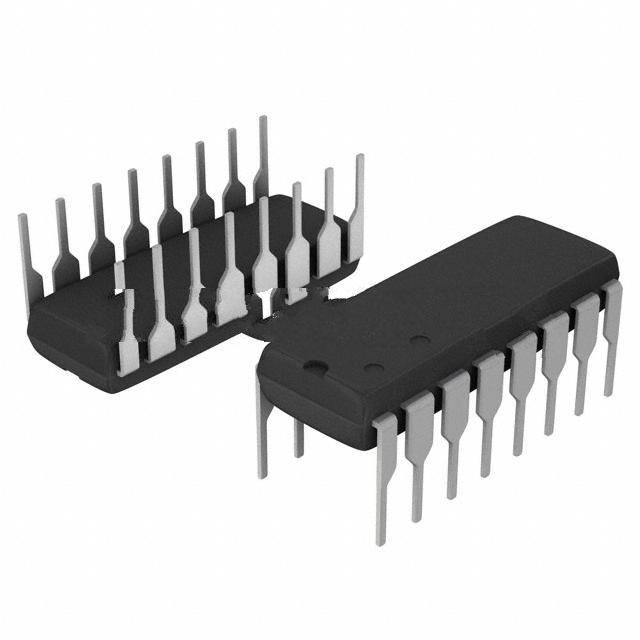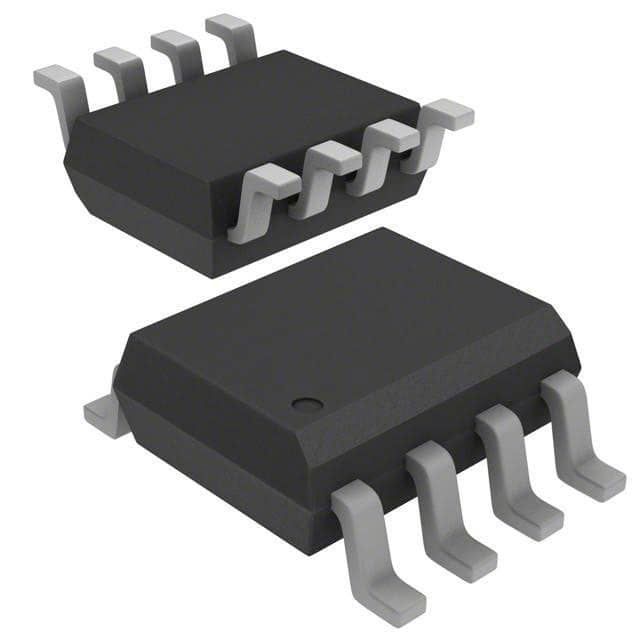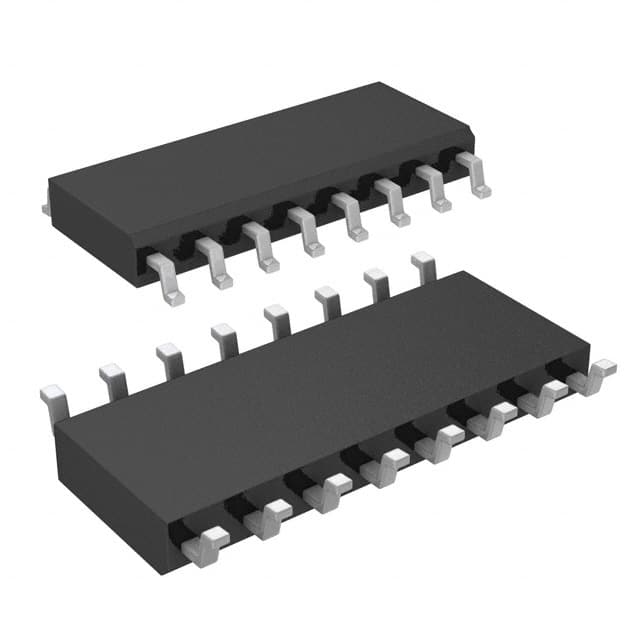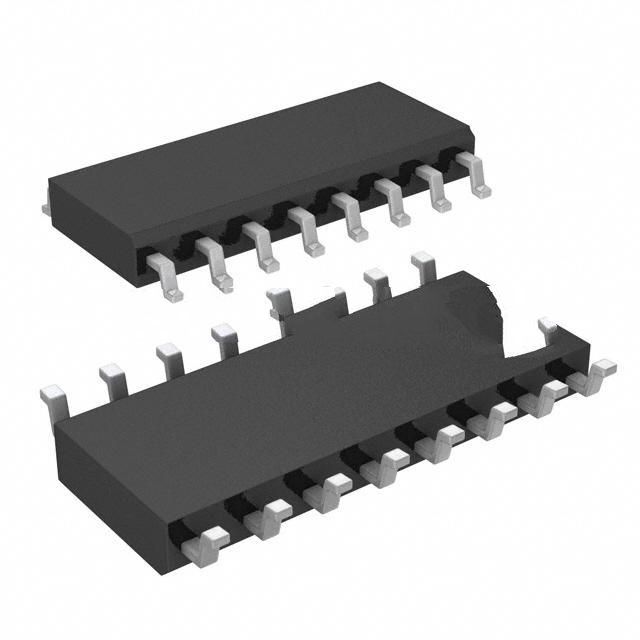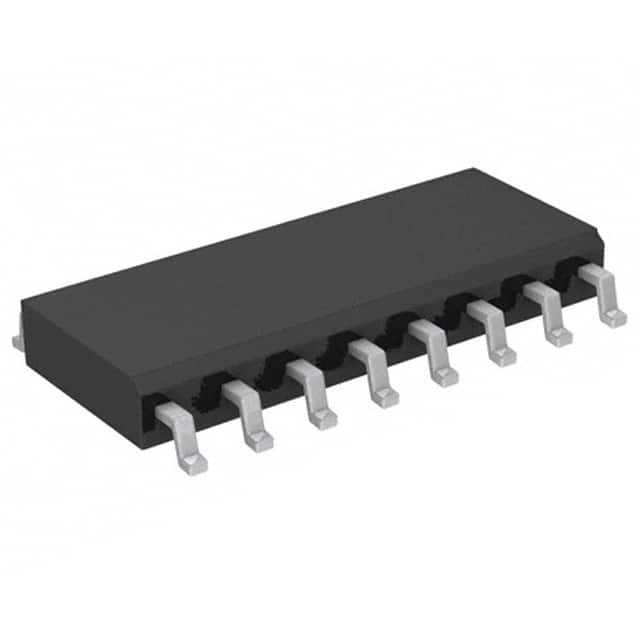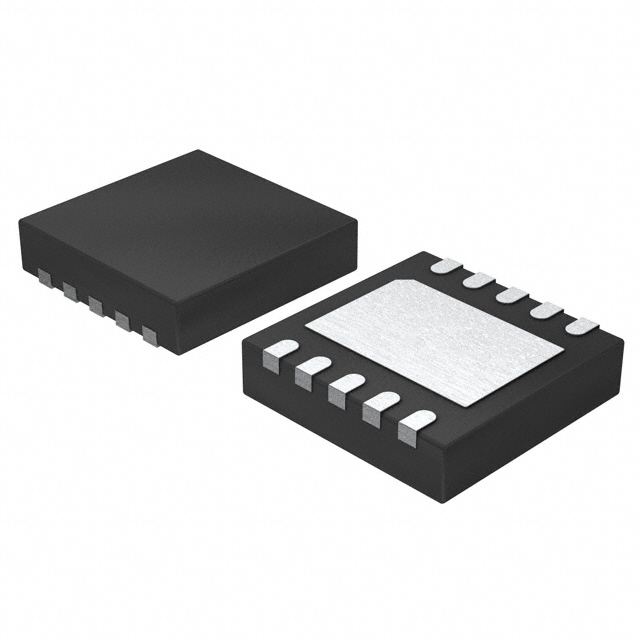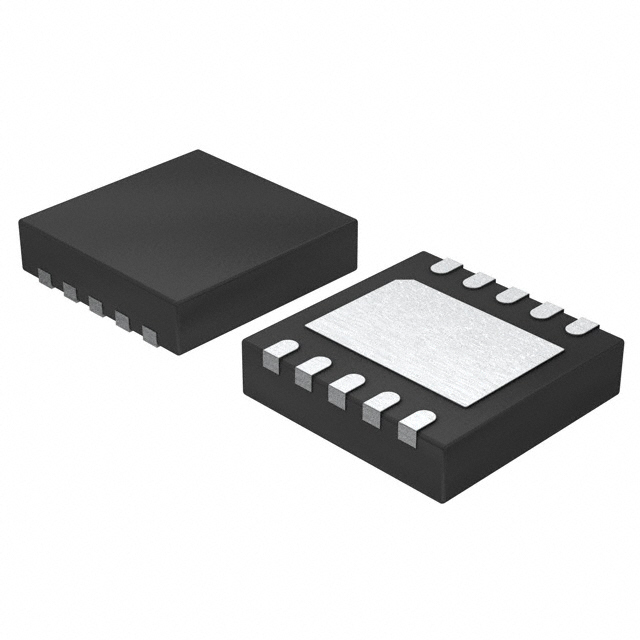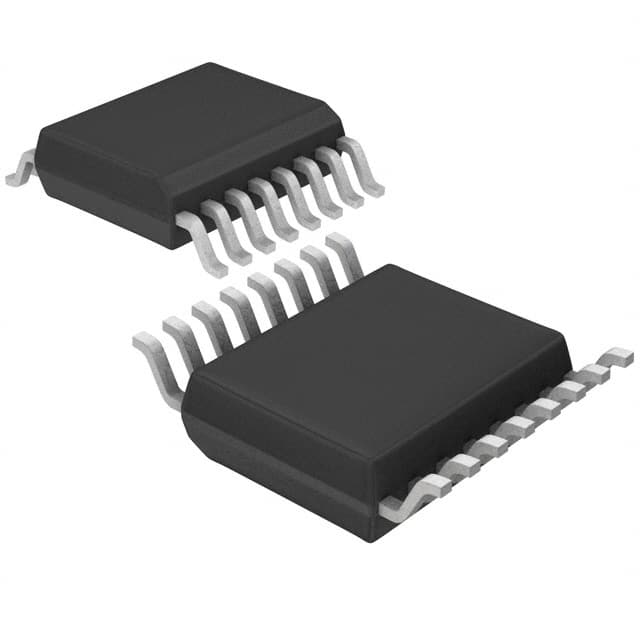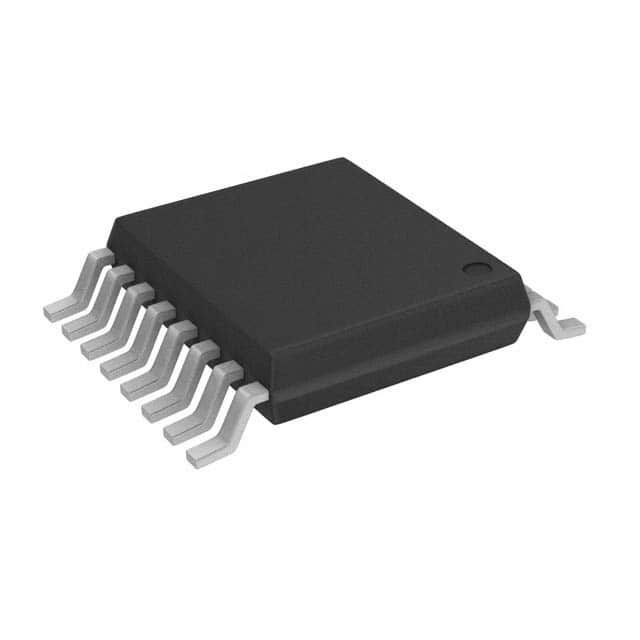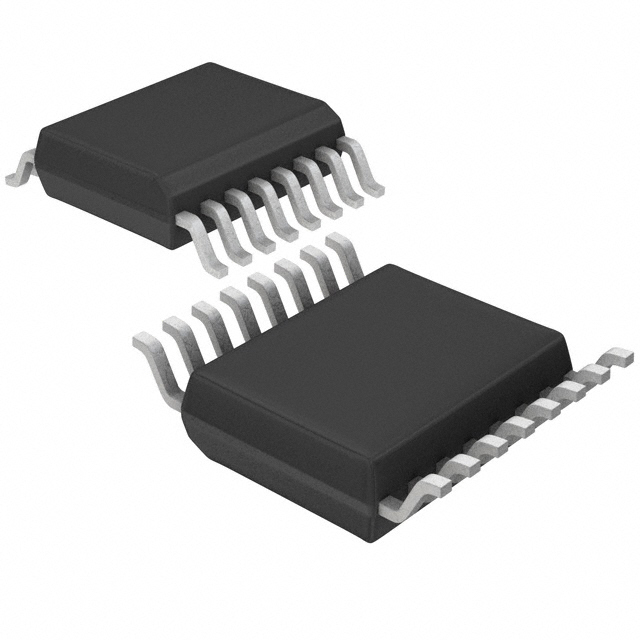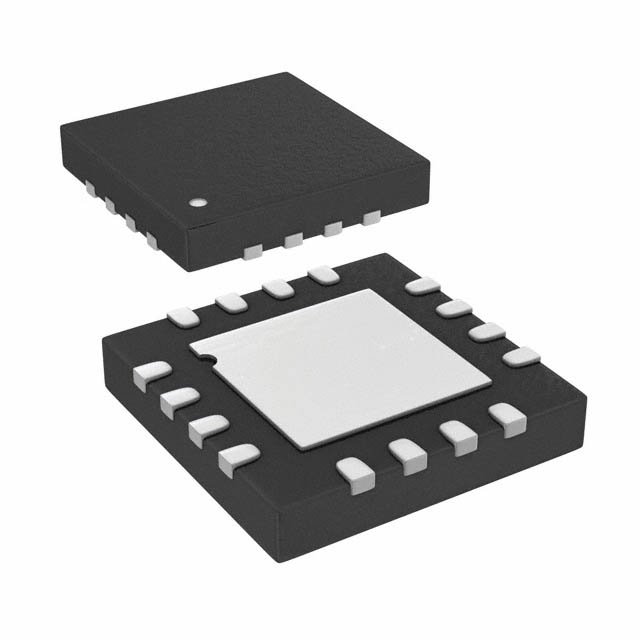ADG202AKRZ-REEL Product Introduction:
Analog Devices Inc. Part Number ADG202AKRZ-REEL(Interface - Analog Switches, Multiplexers, Demultiplexers), developed and manufactured by Analog Devices Inc., distributed globally by Jinftry. We distribute various electronic components from world-renowned brands and provide one-stop services, making us a trusted global electronic component distributor.
ADG202AKRZ-REEL is one of the part numbers distributed by Jinftry, and you can learn about its specifications/configurations, package/case, Datasheet, and other information here. Electronic components are affected by supply and demand, and prices fluctuate frequently. If you have a demand, please do not hesitate to send us an RFQ or email us immediately sales@jinftry.com Please inquire about the real-time unit price, Data Code, Lead time, payment terms, and any other information you would like to know. We will do our best to provide you with a quotation and reply as soon as possible.
Introducing the Analog Devices Inc. ADG202AKRZ-REEL, a versatile and high-performance analog switch designed to meet the demands of various applications. With its exceptional features and reliability, this product is set to revolutionize the field of analog switching.
The ADG202AKRZ-REEL boasts a low on-resistance of 35 ohms, ensuring minimal signal distortion and maximum signal integrity. Its wide voltage range of ±15V allows for seamless integration into a wide range of systems. Additionally, this analog switch offers a low power consumption of only 5µW, making it an energy-efficient choice for power-sensitive applications.
This product is ideal for a multitude of application fields. In the field of telecommunications, the ADG202AKRZ-REEL can be used for signal routing and multiplexing, enabling efficient data transmission. In the automotive industry, it can be utilized for audio and video signal switching, enhancing the overall entertainment experience. Furthermore, in industrial automation, this analog switch can be employed for sensor signal conditioning and control, ensuring accurate and reliable data acquisition.
The ADG202AKRZ-REEL is built with the highest quality standards, ensuring long-term durability and performance. Its compact and robust design allows for easy integration into existing systems. With its exceptional features and wide range of application fields, the Analog Devices Inc. ADG202AKRZ-REEL is the ultimate choice for analog switching needs.
Interface - Analog Switches, Multiplexers, Demultiplexers are an important class of components in integrated circuits (ics) that are used to select and switch between different signal paths. Multiplexers are analog switches that combine multiple input signals onto a shared output line. The multiplexer consists of a set of selection lines and a plurality of input lines, and determines which input signal is connected to the output line by selecting the control signal on the line. This design allows multiple signals to be transmitted with limited physical connections, saving wiring resources and space. A demultiplexer is a reverse operation of a multiplexer that distributes one input signal to multiple output lines. By controlling the signal, the demultiplexer can selectively connect the input signal to one or more output lines to achieve signal distribution and routing. Such IC chips achieve lossless switching of signals through integrated transistors or MOSFET devices, and the design principle is to use control signals to change the conductivity of semiconductor materials, so as to switch between signal paths. The analog switch can be bi-directional, allowing the signal to travel in both directions, or unidirectional, allowing the signal to flow in only one direction.
Application
Interface - Analog Switches, Multiplexers, Demultiplexers have demonstrated extensive application value in multiple fields. In data acquisition systems, they are used for switching multiple signals, reducing the number of connections between sensors and processors, and improving the flexibility and efficiency of the system. In the field of communication, especially in multi-channel transmission systems, multiplexers are used to merge multiple signals into one medium for transmission, while demulsifiers separate signals at the receiving end, achieving effective signal management and transmission. In testing and measurement equipment, this type of IC chip is used for dynamic control of signal paths, supporting multiple testing modes and configurations. In addition, analog switches, multiplexers, and demulsifiers play a crucial role in audio processing, video switching, automotive electronics, medical equipment, and various industrial control systems that require signal switching and management, providing a solid foundation for the high performance and versatility of modern electronic devices.
FAQ about Interface - Analog Switches, Multiplexers, Demultiplexers
-
1. What are multiplexers and demultiplexers?
Multiplexers and demultiplexers are key devices for signal transmission and reception in communication systems.
Multiplexer
A multiplexer is a device whose main function is to combine multiple low-speed channels into a high-speed channel. At the transmitting end, the multiplexer combines multiple low-bandwidth signals into a high-bandwidth signal according to certain rules for transmission through a shared communication medium12. A multiplexer usually contains multiple data inputs and a single output, combining multiple signals into one signal through coding or modulation techniques. For example, in telephone networks, frequency division multiplexing (FDM) technology divides the available bandwidth of the transmission medium into multiple frequency bands, each of which is assigned to a signal, thereby achieving multiplexing.
Demultiplexer
A demultiplexer is the opposite of a multiplexer. Its main function is to decompose a high-bandwidth signal into multiple low-bandwidth signals at the receiving end. At the receiving end, the demultiplexer decomposes the composite signal into the original multiple low-speed channels according to the same rules for separate transmission to various destinations14. Demultiplexers are usually used in conjunction with multiplexers to ensure that the signals can be correctly separated and transmitted to the correct receiving device.
-
2. What are the different types of demultiplexers?
There are mainly the following types of demultiplexers:
1:2 Demultiplexer: This demultiplexer has one input and one select line, and the input signal is assigned to one of the two outputs based on the state of the select line.
1:4 Demultiplexer: This is the most common type of demultiplexer, with two input control signals, which can control four outputs.
1:8 Demultiplexer: This demultiplexer has three input control signals, which can control eight outputs.
1:16 Demultiplexer: This demultiplexer has four input control signals, which can control sixteen outputs.
Application scenarios and functional principles of demultiplexers:
A demultiplexer is a combinational logic circuit used to distribute information on one input line to one of multiple output lines. It controls the outputs through a set of selection lines, whose bit combinations determine the specific output line connected to the input at a given moment.
-
3. What are the applications of demultiplexers?
Demultiplexers are widely used in communication systems, mainly including the following aspects:
Communication systems: Demultiplexers are used in communication systems to pass data from one input to one of multiple output data lines. For example, in fiber-optic communication, optical signals are combined and transmitted after being transmitted by optical multiplexers. When they reach the receiving end, demultiplexers are needed to separate the optical signals and restore them to the original multiple signals.
Data transmission: During data transmission, demultiplexers can separate composite data streams into multiple independent signals for processing on different channels or devices. For example, in Ethernet, multiple devices share a physical connection, and the demultiplexer is responsible for correctly allocating these shared signals to each device.
Signal processing: Demultiplexers are also used in the field of signal processing, especially in scenarios where specific information needs to be extracted from composite signals. For example, in radar systems, demultiplexers can decompose the received composite radar signal into information about multiple targets to help with target identification and tracking.
 Lead free / RoHS Compliant
Lead free / RoHS Compliant



